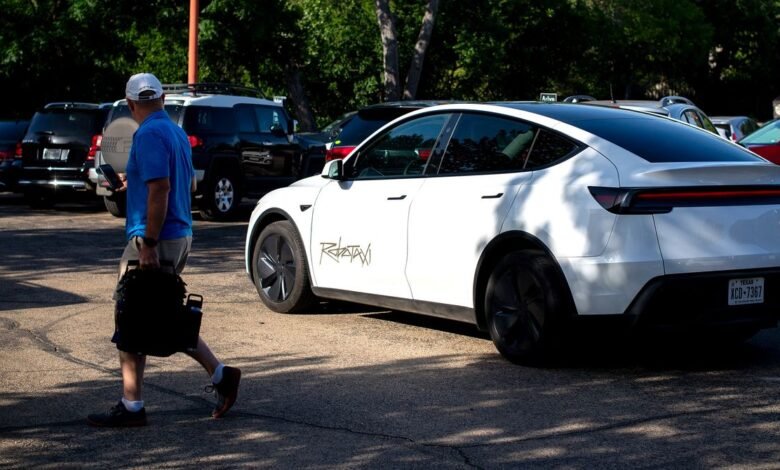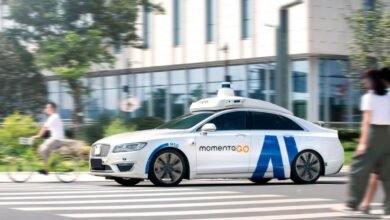New Road Safety Group Takes Aim at Self-Driving Cars

▼ Summary
– A new advocacy group called SAVE-US is pushing for stricter autonomous vehicle regulations, specifically targeting Tesla to ensure self-driving technology saves lives.
– The group aims to pass laws requiring clearer technology limitations, more detailed public crash reporting, and the use of multiple sensors on vehicles.
– SAVE-US will initially focus on large states like Illinois, New York, and New Jersey, as state laws on autonomous vehicles vary widely across the U.S.
– The group’s leaders believe autonomous technology has life-saving potential but warn that rushing deployment or misleading customers about its limits is unsafe.
– Tesla’s vision-only software strategy is under scrutiny, with a federal investigation opened into its Full Self-Driving feature after reports of traffic violations.
A new advocacy organization is pressuring state legislators to adopt stricter rules for autonomous vehicles, arguing that clearer safety standards are essential for public trust. The coalition, known as Safe Autonomous Vehicles Everywhere in the United States (SAVE-US), insists its mission is to guarantee that emerging self-driving systems protect lives rather than create new dangers. The group’s efforts are squarely aimed at Tesla, which it views as a primary example of insufficient oversight.
Announced this week, the campaign’s objectives include pushing for laws that would compel developers to plainly disclose the operational boundaries of their technology, submit more detailed and publicly accessible crash data, and equip vehicles with multiple types of sensors. Because autonomous vehicle policy in the U.S. is largely determined at the state level, with rules varying from tight restrictions in California to more lenient approaches in Arizona and Texas, the organization plans to focus first on large states such as Illinois, New York, and New Jersey. Shua Sanchez, the group’s national campaign director, confirmed this targeted strategy.
Sanchez, a physicist, and Bob Somers, a technical adviser for SAVE-US, connected earlier this summer outside a regulatory hearing in Oakland, California. At that hearing, attorneys for the state’s Department of Motor Vehicles contended that Tesla should have its license to produce and sell cars suspended temporarily. They accused the automaker of misleading consumers through its advertising of the Full Self-Driving and Autopilot features, which are driver-assist systems rather than fully autonomous technologies.
Sanchez became involved with the Tesla Takedown movement earlier this year, helping organize protests at a Boston showroom over CEO Elon Musk’s association with an initiative called the Department of Government Efficiency. Somers brought five years of engineering experience from the self-driving company Zoox, though he has since exited the industry. Both agreed in Oakland that while autonomous technology holds enormous potential to reduce traffic fatalities, deploying it too quickly or obscuring its limitations poses serious risks and could undermine public acceptance. A ruling in the Tesla case is expected before year’s end.
“Tesla stands out as the most problematic player in this field, though that doesn’t mean other companies are flawless,” Sanchez remarked. “Without strong regulations, any firm could cut corners on safety.”
Tesla’s approach to automation differs significantly from many rivals. While companies like Waymo and Zoox rely on a combination of cameras, radar, and lidar sensors, often in specially designed robotaxis, Tesla uses a vision-only system. The company asserts that advanced cameras and AI-powered software are sufficient to operate its vehicles safely. This technical philosophy underpins one of Tesla’s major pledges: that cars already on the road could achieve full self-driving capability through a simple over-the-air software update.
Recently, federal authorities opened a probe into Tesla’s Full Self-Driving (Supervised) software after receiving reports of the system running red lights and traveling in opposing lanes. It is important to note that the feature is not autonomous and requires continuous driver supervision.
(Source: Wired)





